Christmas 2009 brought a little joy to an otherwise gloomy year for alcohol. But it wasn't quite the party some were hoping for. Graham Holter reports
The drinks industry had a tough year in 2008. And while it expected 2009 to be even harder, at least it had time to brace itself and prepare for a big push during the Christmas sales frenzy. Or so it thought.
The 2009 festive sales period turned out to be a harder slog than expected with some categories doing markedly better than others.
Throughout the year, the spirits category provided a beacon of hope and it shone no less brightly at Christmas. A 7.5% year-on-year value sales increase for the eight weeks leading up to Christmas [Nielsen 8w/e 26 December 2009] was driven by the big brands especially those that kept price increases to a minimum and were willing to spend on innovation.
Wine secured a 5% uplift, which was respectable enough considering the backdrop of the recession, even if some of the value increase can be put down to duty increases and other upward pressures on prices. However, there was evidence of shoppers downtrading, which made it a tough Christmas for brands that did not embrace activity such as three-for-£10.
Beer, meanwhile, had a fairly wretched time, with sales up just 0.8%. The top three brands all registered declines and the category as a whole barely achieved growth.
While suppliers' fortunes were mixed, retailers have reported a strong Christmas.
"Retailers have done a lot of deep discounting, but it's been delivered in a controlled way," says Andy Adams, Diageo's grocery channel director. "Although there have been some keen prices, all the grocery retailers have had a good performance across BWS and the category has continued to grow as pence per litre has increased."
Sainsbury's reports growth across its full range and attributes the strong sales to "bigger baskets, with more wine and spirits in them", and new customers.
Its wine programme was particularly strong, says Justin James, its BWS category manager, with shoppers snapping up an extra seven million bottles of still and sparkling wine in the five weeks leading up to Christmas year-on-year.
"Shoppers are clearly more value-savvy because of the prevailing economic conditions, but many were not prepared to under-spend in the booze category and compromise Christmas at home with family and friends," he says. "Key brands fared well because they are known-value items and shoppers were comparing prices to decide where and how they shopped."
Take-home spirits sales did particularly well because of the pronounced differential with on-trade pricing, he adds.
Diageo was certainly the biggest winner in the spirits aisles this Christmas, and arguably the entire drinks category's most successful supplier. Its major brands were all well supported with above-the-line promotions but other factors were also at work. Timing was one. In 2008, Diageo played the 'long game' at Christmas, kick-starting the big sales push in October to allow cash-strapped consumers to manage their festive budgets.
"The 'shape' of Christmas in 2008 was different," says Adams. "Sales in October and early November were far higher than normal because people spread the cost over three months."
Last year marked a return to a 'normal shaped' Christmas, he believes. "The early period was still very important, but sales in December were much higher. While people still feel a bit cash-strapped, they do not see food and drink at Christmas as big-ticket discretionary items."
Innovation also helped, with Nielsen calculating that a third of Diageo's gains came from NPD such as the Green Apple and Lime variants for Smirnoff, and the Baileys flavours.
"The three Baileys flavours added £5.3m in retail sales, with the lion's share of that being coffee," says Adams. "We put a lot of advertising behind coffee and that seems to have worked."
In addition to Smirnoff, Baileys, Bell's and Gordon's, Adams reports strong performances for Archers and Captain Morgan. He claims Diageo's share of the grocery market for spirits hit a high of 36% this Christmas. Avoiding the seasonal bête noire of poor availability, thanks to a partnership approach with retailers, was key to this. "Last year our brands had 89.9% availability in the sector. This year it was 96.4%," he says. "That's a performance we're proud of and translates to a sales increase of £7m."
Price per litre increased too, in line with recent years. On average Diageo spirits were 17p more per litre in 2009 than in 2008 partly as a result of the more controlled deep discounts.
But while branded spirits may have had a good time, the same cannot be said of own-label. Vodka fell by 4% and blended whisky by an eye-watering 26%. This may, as Adams suggests, reflect a growing economic confidence among consumers and a desire to return to the familiarity of famous brands. But this is not the whole story. As Nielsen points out, whisky prices have generally risen 5%, but own-labels have shot up by 12%, making them less good value than they were a year ago.
Retailers have been careful when discounting spirits lines, but deals have been the key factor in the wine category.
There has been encouraging volume growth in the £5-plus segment of the market, but Nielsen reports modest value growth of just 2%, while wines below that price increased by 5%. Despite this, wines in the higher price bracket still accounted for 22% of volume this Christmas, not far short of last year's 22.4%.
Three-for-£10 deals are considered by some to be an endangered species, especially when duty increases kick in this spring and strip out yet more margin. If that's the case, they will go out with a bang: Nielsen says such deals helped boost the £3.26 to £3.50 segment of the market by one million cases over the eight-week period. But as more brands have struggled to keep retail prices that low, the £4 to £5 market segment has grown 12% in value, now accounting for 28% of volume [Nielsen].
Pricing dynamics explain some of the variations in performance. Brand owners who have taken a firm line on promotions, preaching the gospel of adding value and a premium offer to the market, have had little option but to take sales declines on the chin.
First Cape's spectacular 60% increase, on the other hand, appears to justify Brand Phoenix's approach of keeping prices as low as possible. The brand's average price per 75cl bottle has gone down from £3.97 a year ago to £3.82, according to Nielsen, exactly 50p below the market average. Sharp deals on its premium Reserve lines also helped the cause.
Isla Negra and Echo Falls, meanwhile, managed to keep sales rates up while increasing prices on their value lines in 2009. This stood both brands in good stead for Christmas, when they achieved spectacular sales increases. Echo Falls supplier Constellation Europe had offers across the brands at all key price points, and gave support to the majority of the main sub-ranges across the portfolio, according to Clare Griffiths, vice president for consumer marketing.
Hardys, Echo Falls and Kumala were all part of the Come Dine With Me TV sponsorship in 2009, with Hardys also heavily featured on air over the Christmas period.
Constellation also ran high-profile brand activity linked to the sponsorship at point of purchase in all major trading channels. "This offered added value to the consumer during the core Christmas trading period, providing an important point of difference within the category," says Griffiths.
With growth of 28%, Hardys outpaced perennial rival Blossom Hill's 19.1%, an achievement that is even more notable considering the Percy Fox brand's average price fell 5p in 2009, while Hardys prices rose 10p.
Two other heavyweights, Jacob's Creek and Gallo, fared less well. Sales of Jacob's Creek, the price of which rose an average of 13p per bottle in 2009, dropped by 32%, while Gallo's sales slumped 34% on the back of a 24p increase.
"We've responded to the challenges of excise duty and the escalation of price competition and promotions," says a Gallo spokeswoman. "There's been a structural change between the US dollar and the British pound over the past 18 months, so we've rationalised our SKUs to the popular brands, and we're optimistic about our long-term business in the UK."
Another brand with cause for optimism is Budweiser. While the beer category all but stagnated, Bud had some stunning success with deals such as 15 33cl bottles for £10, or 30 for £16 in Sainsbury's. Its Anheuser-Busch InBev UK stablemates had a tougher time, however. Stella Artois sales were flat and Beck's fell off a cliff with a 30% decline.
But Stuart MacFarlane, president of AB InBev UK, insists he is pleased with the performance of all three brands. "Taken together, our global brands significantly outperformed the market, growing volumes over Christmas by 5.9%, versus a beer market performance of minus 2.1%," he says. "Market share for our combined global brands also grew from 24.1% to 26.1% over the Christmas period."
He has an answer too for the massive sales discrepancy between Bud and Beck's. "AB InBev and retailers make deliberate choices at various times in the year to focus on a particular brand at a particular time, but we are not surprised by our overall company market share growth or the balance between our brands over Christmas," he says. "It was as expected."
As was Carlsberg's performance. The brand is generally among the winners at peak periods and this year was no exception. Its premium Export variant did less well, but a glance at the numbers for Foster's and Carling reveals little evidence that standard lagers benefited from a switch from premium styles.
Guinness also took its place among the winners in the beer category, but Adams at Diageo admits this came at the expense of some margin. "A key part of the beer market is the deal buy any two or three packs for a price and that's been a key driver of the beer category," he says. "That does mean there is more promotional volume being sold, but that's incremental volume. That's the strategy we have for Guinness now."
Christmas does not come with quite the same expectations in the drinks trade that it once did alcohol consumption is spread more evenly across the year, and the period is always characterised by discounting. Yet it is still regarded as a kind of barometer a way of gauging the category's financial health.
Most retailers and suppliers will be upbeat. A year plagued by so much economic turmoil produced some major headaches, and while the festive spirit may have been dampened for some, at least the party itself wasn't cancelled.
Sign in to comment on this article
Not logged in before? Register for FREE guest access today.
You will be able to:
- Read more stories
- Receive daily newsletters
- Comment on stories
Advert

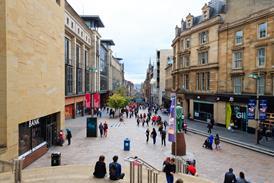
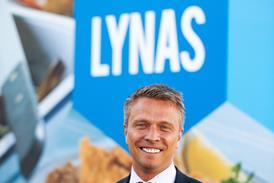
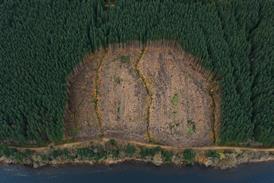
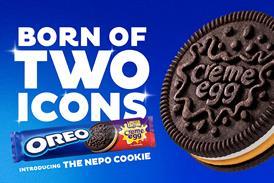




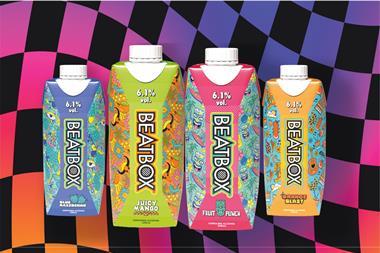
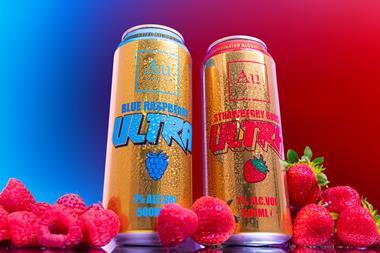
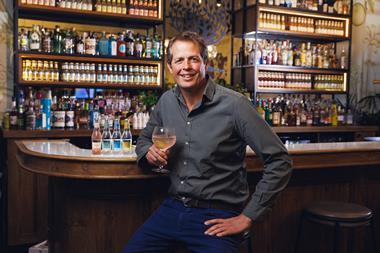
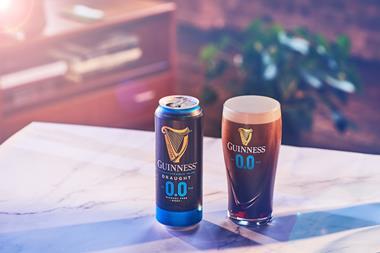

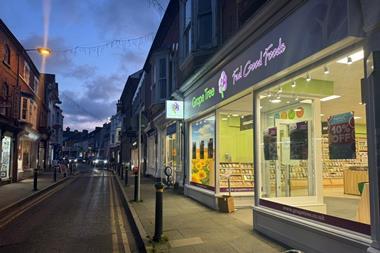

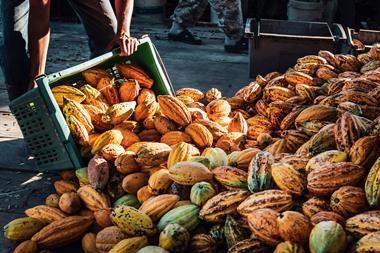

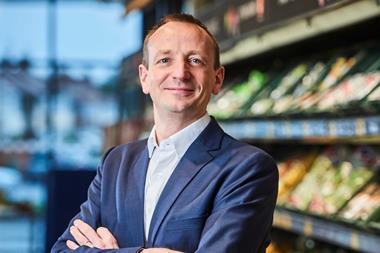
1 Readers' comment